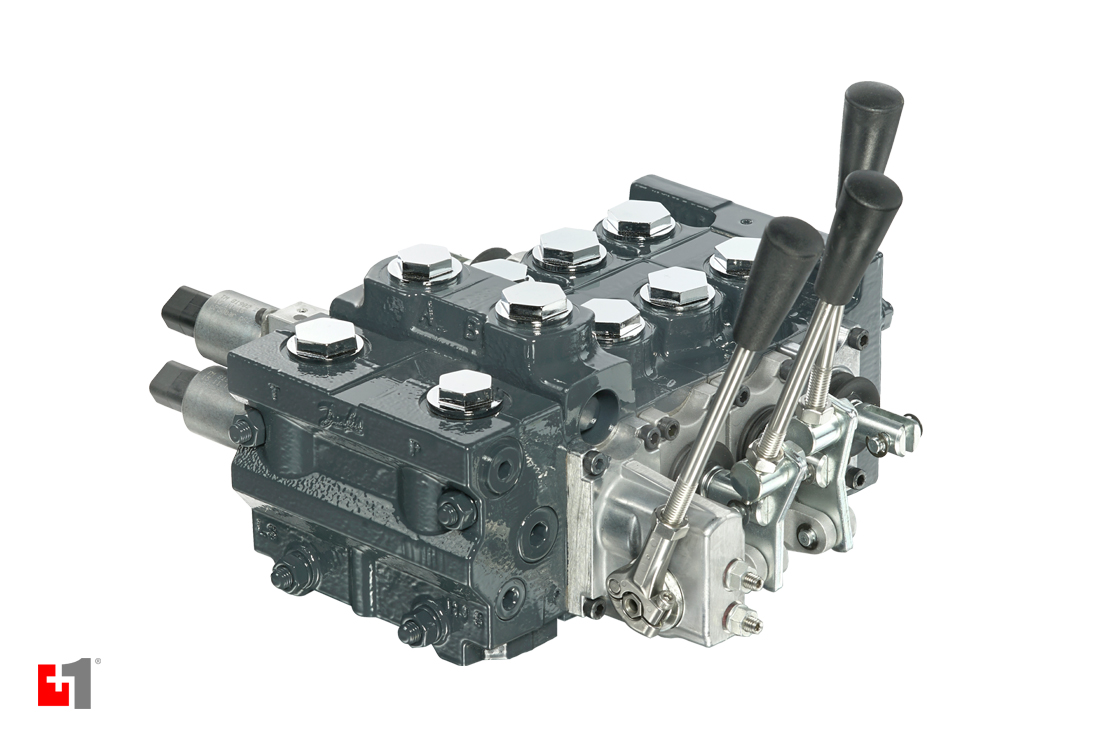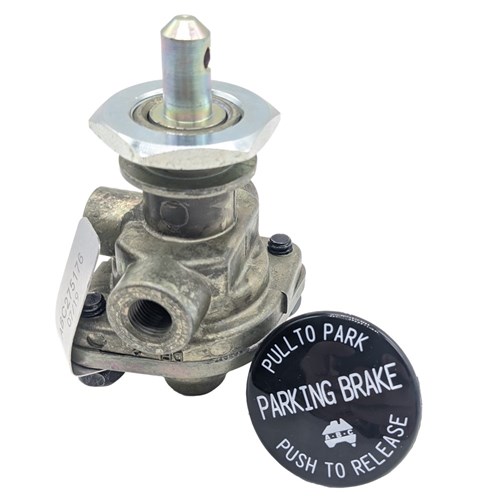Exploring the Functionality of Modern Control Valves in Industrial Applications
Exploring the Functionality of Modern Control Valves in Industrial Applications
Blog Article
Achieve Seamless Combination and Control With High Quality Structure Automation Controls
In the realm of modern-day building management, the significance of quality building automation controls can not be overstated. Accepting quality building automation controls is not simply a matter of benefit but a tactical crucial for organizations intending to optimize their centers' efficiency and sustainability.

Evolution of Structure Automation Controls
Throughout the past couple of decades, the evolution of constructing automation controls has substantially changed the method structures are taken care of and operated. Originally, constructing automation systems primarily focused on basic features such as regulating heating, air, and air flow conditioning (COOLING AND HEATING) systems. However, as modern technology progressed, these controls have ended up being a lot more innovative, enabling a broader series of building systems to be incorporated and taken care of centrally.
The development of building automation controls has seen a shift towards even more intelligent systems that can adapt to transforming problems in real-time. This adaptability is important for optimizing energy effectiveness and guaranteeing passenger convenience. Additionally, contemporary structure automation controls now use functions such as anticipating upkeep, remote monitoring, and information analytics, enabling center supervisors to make data-driven decisions to boost building performance.

Advantages of High Quality Integration
The improvement in building automation controls in the direction of even more smart systems has actually underscored the significant advantages of quality assimilation in enhancing building procedures and improving general effectiveness. This centralized control also supplies far better exposure and understandings into structure performance, allowing aggressive upkeep and optimization techniques. Overall, the advantages of quality integration in structure automation controls are indisputable, providing boosted effectiveness, convenience, and functional efficiency.
Enhanced Customer Experience and Access
Enhancing customer communication with structure automation manages with instinctive design and improved accessibility boosts the total experience for owners and facility supervisors alike. By focusing on user experience, building automation systems can end up being more reliable and straightforward. Intuitive user interfaces, clear navigating, and adjustable settings equip customers to interact with the controls quickly and effectively.
Access functions Your Domain Name play a crucial role in ensuring that all people, including those with disabilities, can utilize the building automation controls easily. Including attributes such as voice commands, responsive buttons, and color-contrasted displays can boost availability and make the controls much more inclusive.
In addition, boosted individual experience causes higher customer contentment, increased productivity, and far better decision-making. Residents can change ecological setups according to their choices, while center managers can successfully take care of and keep track of building systems - control valves. In general, focusing on individual experience and access in structure automation controls adds to a more seamless and productive building atmosphere for all stakeholders involved
Lasting Practices Through Automation

Moreover, automation can assist in the assimilation of sustainable power resources such as solar panels or wind generators into building procedures. Via automation, buildings can line up with modern sustainability goals and contribute to a greener future.
Future Trends in Building Control Equipment
One noticeable trend forming the future of building Home Page control systems is the raised assimilation of Artificial Knowledge (AI) and device discovering. Additionally, the Net of Things (IoT) is transforming structure control systems by linking sensors and gadgets to boost and simplify operations performance.
Another crucial trend is the emphasis on cybersecurity actions to shield against potential hazards to constructing automation systems. As buildings come to be extra interconnected, making certain durable cybersecurity procedures will be necessary to guard delicate information and protect against unapproved accessibility.
In addition, the shift in the direction of cloud-based systems is obtaining energy, enabling for streamlined control and remote accessibility to building systems. This assists in less complicated surveillance, upkeep, and updates, boosting the total performance and adaptability of building control systems. As innovation remains to breakthrough, these trends are anticipated to this shape the future landscape of building automation controls, driving innovation and sustainability in the built environment.
Conclusion
Future fads in structure control systems are likely to focus on more improving automation abilities for boosted energy effectiveness and general efficiency. It is necessary for building owners and drivers to prioritize the fostering of high quality structure automation controls to enhance structure procedures and achieve long-term sustainability objectives.
In the realm of modern-day building management, the importance of quality building automation controls can not be overemphasized. On the whole, the development of structure automation controls continues to drive innovation in the building management industry, supplying brand-new possibilities for producing smarter and more sustainable structures.
The improvement in structure automation regulates towards even more intelligent systems has highlighted the significant advantages of high quality assimilation in optimizing building operations and improving total effectiveness. In general, focusing on customer experience and access in structure automation manages contributes to an extra smooth and productive building atmosphere for all stakeholders entailed.
It is crucial for structure owners and operators to prioritize the adoption of top quality structure automation regulates to maximize structure procedures and attain long-lasting sustainability objectives. - control valves
Report this page